Know Your Equipment
Choosing your equipment wisely is an initial step in soccer. Having a perfect size ball for age and skill-level, cleats for secure footing, shin guards for protection, and breathable kits can positively influence your game.
The right equipment in soccer is not just an accessory, but a tool that significantly enhances game performance and adds a competitive edge.
The soccer essentials are not just accessories, but tools that help enhance your skills. Knowing to handle a soccer ball properly, understanding the dimensions of a soccer field, the mechanics of a goal post can add a competitive edge to your game performance.
The Soccer Ball
The soccer ball, known for its iconic white and black pattern, is the heart of the game. It's the key piece of equipment used in soccer, and players use their feet, head, and body (except for the hands) to control it and score goals.
Soccer balls come in different sizes to suit players of different age groups and skill levels. For instance, size 3 is used for kids under 8, size 4 for players aged 8-12, and size 5, the standard size for teens and adults. Choosing the right ball is crucial to properly develop your skills.
The Soccer Field
Lines, circles and boxes are not just doodles on a drawing paper but the lifeline of the soccer field. Each marking has a role, from dictating player positions to determining scoring conditions, making it imperative for every soccer enthusiast to understand them.
Understanding your field in soccer is like knowing the back of your hand. It helps you strategize better, exploit the playing space provided and creates avenues for magnificent goals. It's not just green grass, it's the canvas for your soccer masterpiece.
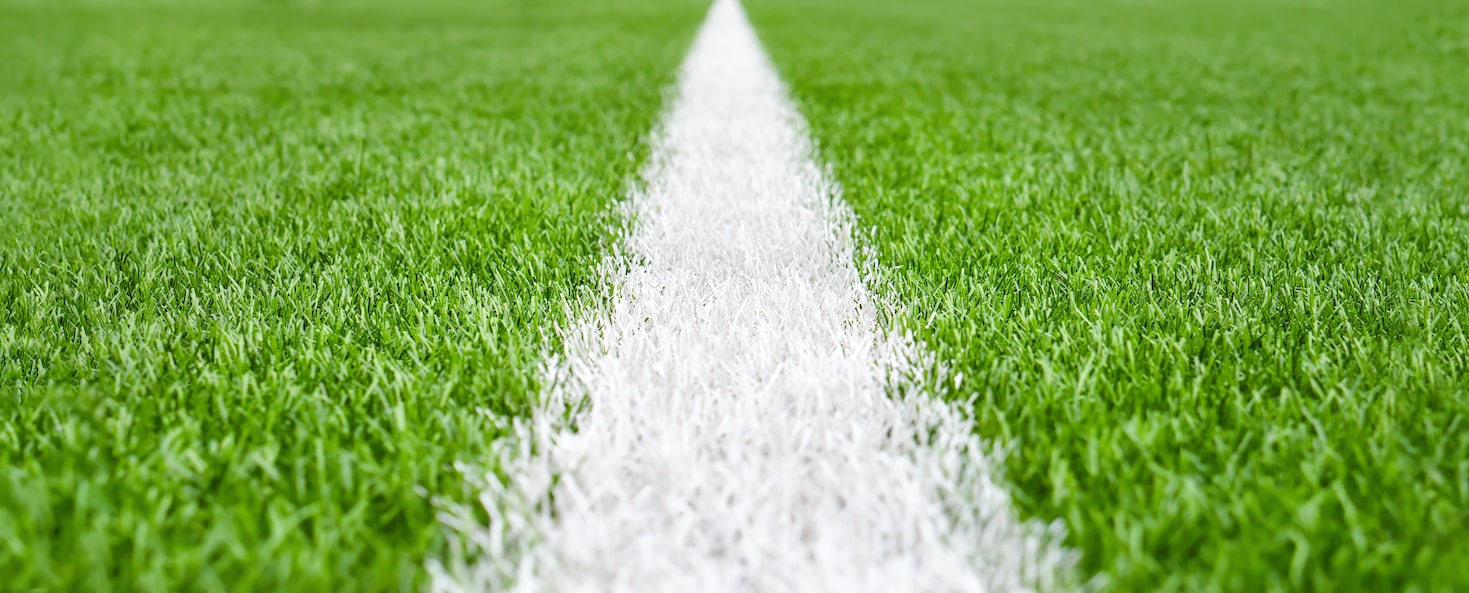
The Goal
The ultimate target of every aspiring soccer player is the goal - an 8 yards wide and 8 feet tall rectangular 'dream catcher'. Framed by two upright posts and a crossbar, it's the battleground where goalkeepers stand tall and strikers try their luck.
Why does the size matter? Well, it's about balance. The challenge of shooting into a smaller space helps players enhance their accuracy. Meanwhile, the thrill of achieving this feat keeps the fun alive, rekindling that spirit of joyous competition inherent in soccer.
The Players
A soccer team is composed of eleven players, each with a unique role. We have defenders, midfielders, forwards, and the goalkeeper, each contributing to the tapestry of the soccer field. Knowing your position and function is crucial as it paves the way to coordinated play and effective game strategy
Soccer isn't just about running and kicking. It involves strategic player placement, leveraging player strengths, and optimal positioning. This is a secret pro tip: Positioning can make or break your game, so understanding where you should be during various game scenarios is a valuable skill.
Striker, winger, center-back, goalie - these are more than mere titles. There's a whirlwind of responsibility wrapped into each position. A striker's central role is scoring goals whereas, a goalie's job is to prevent them. Understanding these positions enhances team performance and individual skills.
The Referee
In the heart of the soccer pitch is the Man in Black, also known as the referee. Their role is invaluable, administering the match in accordance with soccer rules, ensuring fair play, and acting as the authority on all game decisions.
Ever been mystified by the referee's whistle? Each blast is a code communicating different scenarios: from kick-offs and goal signals to fouls and offsides. Learning these codes can give players and coaches an edge, understanding the game even before the referee points or gestures.
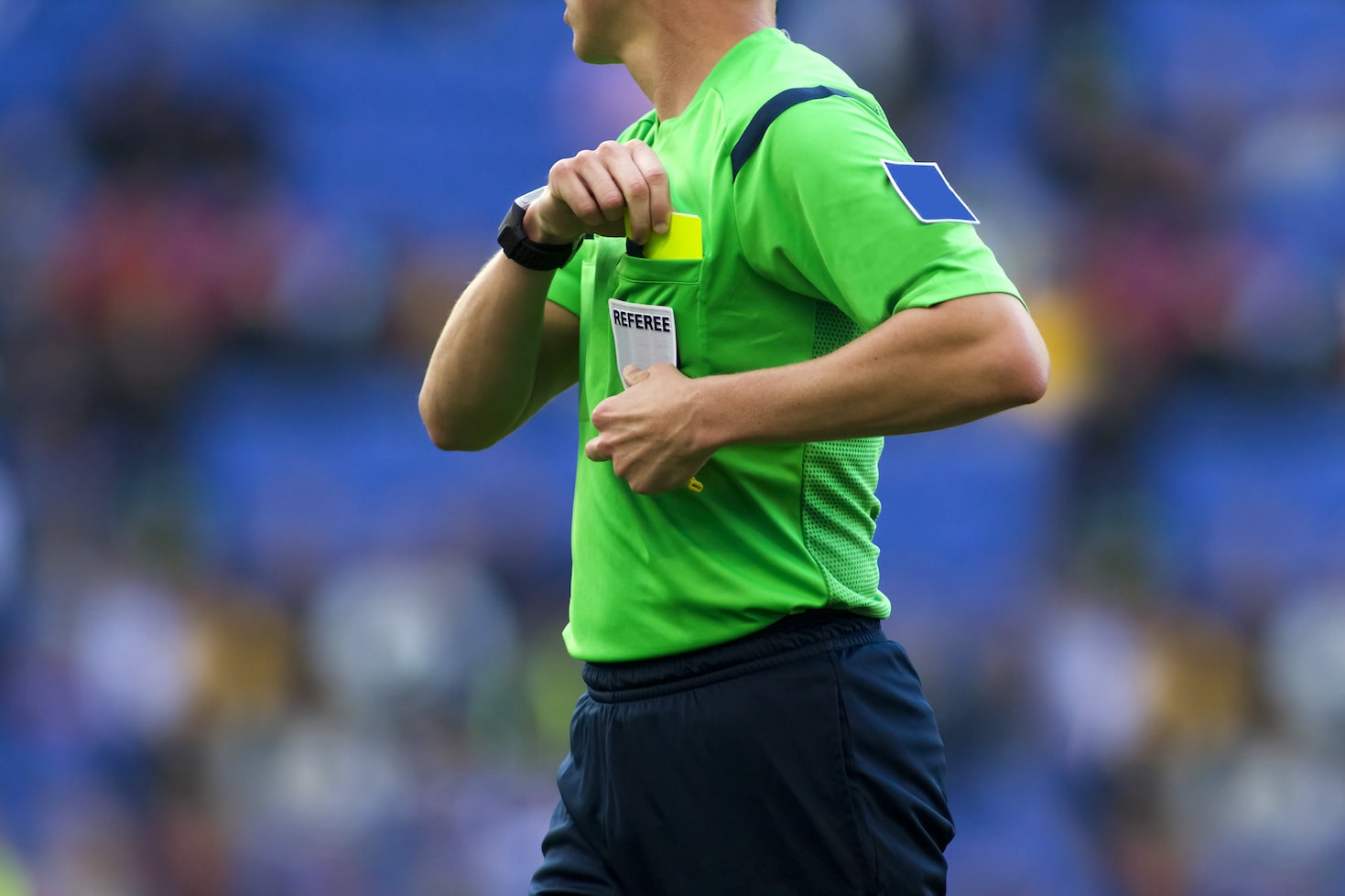
The Game Duration
Soccer runs a fairly simple timeline, with the game lasting for 90 minutes, split into two 45-minute halves separated by a breather - the halftime. This seemingly unending timeline keeps the adrenaline pumping and the players’ competitive spirit buzzing.
The clock doesn't stop in soccer - injuries, goals, and substitutions make up the mysterious 'extra time' or 'injury time'. Anchoring the end of each half, the referee announces additional minutes to compensate for these 'lost' minutes, feeding the anticipation of dramatic last-minute finishes.
Although not as fast-paced as basketball's shot-clock or as nerve-racking as football's two-minute drill, the elusive persistence of soccer's clock adds to its charm. Maneuvering around the clockwork enhances a team's strategic dynamic, making every second count, and updating this clock in your game strategy can turn the tide in your favor.
Basic Rules and Gameplay
In soccer, beyond the written rules, there exist some unwritten dynamics. These often involve mutual respect and sportsmanship, making the game more enjoyable and fair. For instance, if a player is injured on the field, it's customary for the opposing team to kick the ball out of play, resuming the game only after the injured player receives needed attention.
Passing, shooting, dribbling - moving the ball in soccer is not only a physical challenge but also a mental one. Each pass, every shot, and all dribbles require tactical reasoning and execution. You decide where to play the ball, how hard, and why. This dance with the ball lies at the heart of soccer's thrill and pleasure.
Kickoff
Starting Point: The Meaning and Importance of Soccer's Kickoff. The kickoff is the initial thrust in a soccer match, blowing life into play. It serves as the tether to fair play and sportsmanship connecting both teams in a spirit of competition. Every half, extra time or following a goal, this is where we return, at the kickoff, marking new beginnings in the journey of the match.
Unleashing the Ball: The Intricacy Behind a Soccer Kickoff. It is not as simple as kicking the ball forward. The technique requires precision, where the center circle becomes an arena of strategy. The initial kick must move forward and must be played by another player before the one who kicked it originally can touch it again, bringing forth a dance of coordination and tactics.

Interwoven with technicalities, the kickoff is more than just propelling the ball into play – it's a significant part of the game that articulates strategy and team play. Possessing the kickoff can give teams the initial edge, thus, it forms an essential part of the game's tactical structure and dynamics. This balance of competition and camaraderie right at the start, is truly what makes soccer the Beautiful Game!
Playing Positions
On the chessboard of the soccer field, understanding the different player positions is crucial. From defenders, midfielders, and forwards to goalkeepers, each position requires specific skills that aid in carving the path to victory.
- Defenders: Often the unsung heroes of the team, defenders, including center backs and full backs, hold the fort and prevent the opponents from scoring. They block, intercept, and clear the ball away from their goalpost to ensure their team's safety.
- Midfielders: The central hub of action, midfielders, such as central, defensive, attacking, and wide midfielders, maintain the balance between defense and attack. They control the rhythm of the game with their precise passing and smart running.
- Forwards: The glory-seekers, including strikers and wingers, these are the players that get the adrenaline pumping with their goal scoring prowess. They take on the opponent’s defense with their excellent dribbling and shooting skills.
- Goalkeepers: The last line of defense, a good goalkeeper can be the difference between a win and a loss. This position requires agility, great hand-eye coordination, and perfect timing to guard the net against opponent attacks.
- Versatility in Positions: Understanding your primary position is essential, but having the ability to adapt and fill in other positions when required during a match showcases true skills and flexibility on the field.
Scoring Goals
Scoring goals is the heart and soul of soccer, radiating joy and thrill like no other. It's a moment of high adrenaline when the ball swifts past the goalkeeper into the net, providing immense gratification and boosting team morale.
Understanding soccer is all about recognizing the significance of goal scoring. It's a fun-filled quest requiring skill, strategy, and precision. Just remember - the main aim is to outscore your opposition, making every goal a celebration of the beautiful game!
Offside Rule
Breaking the offside rule down into bite sized nuggets, imagine it as a kind of universal 'no cutting in line' law. If you’re closer to the opponent’s goal than the second last opponent (usually a defender) and the ball, without having at least two opponents (usually a defender and the goalie) between you and the goal, you’re offside! Think of it as a fairness policy to keep gameplay exciting but balanced.
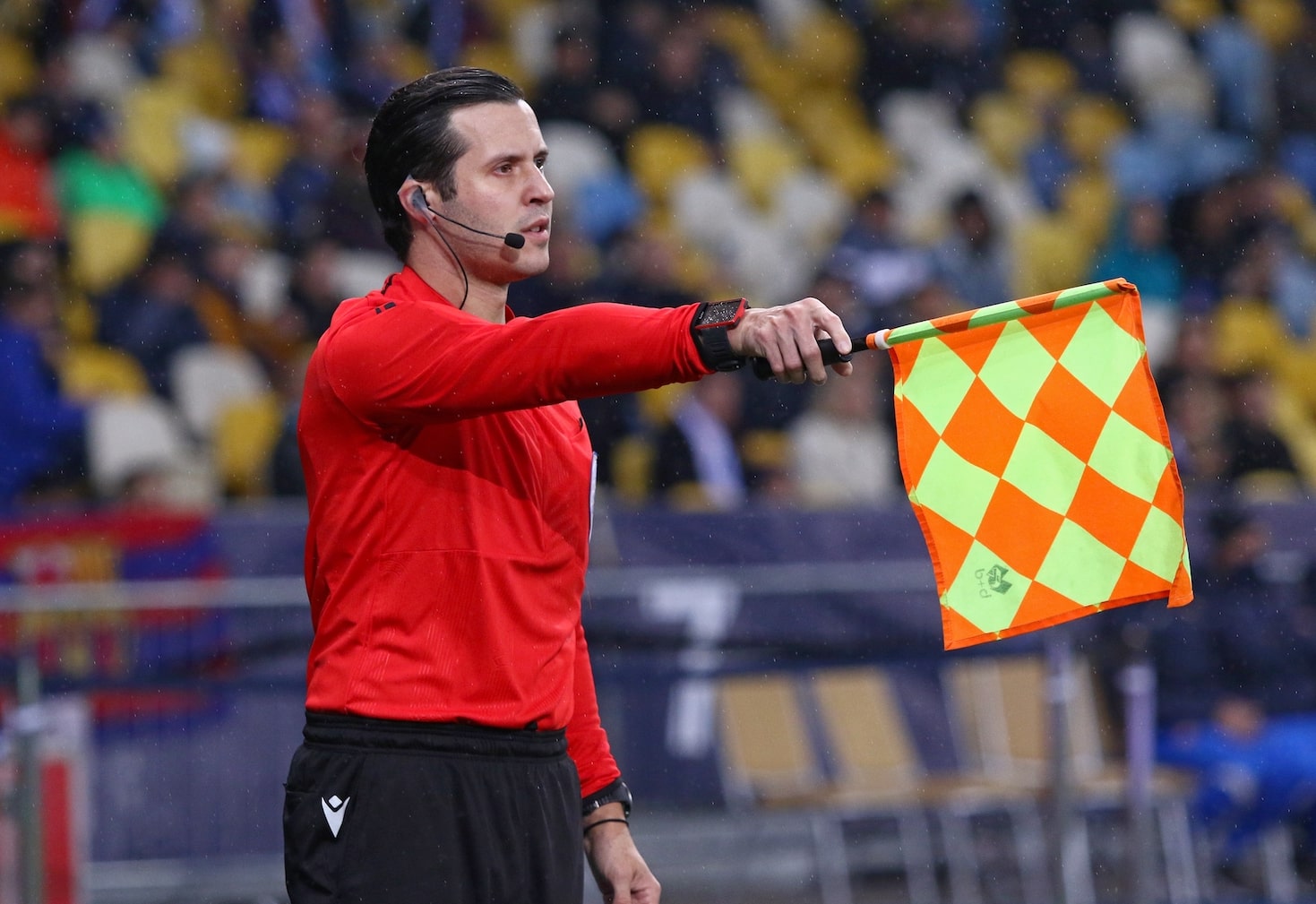
Consider the offsides rule as soccer's quirky way of preventing 'goal hanging'—a player loitering near the opposing team’s goal waiting for an easy scoring chance. This rule, laced with fairness, ensures every player gets an even chance to show their mettle and add to the thrill of the contest.
Learning the offside rule can become a fun game within the game! It’s like a sneaky dance with the opposition's defenders, requiring sharp awareness and perfect timing. Suddenly, you're not just mastering soccer, but understanding strategic depths, all while having a whole lot of fun!
Fouls and Penalties
In the uproarious field of soccer, 'fouls and penalties' may sound like a stern teacher's lecture but they're actually an integral, albeit amusing, part of the game. From theatrical falls to blatant handballs, this section is all about decoding the antics that can lead to fouls and penalties.
- Direct kick fouls: Comedic falls aside, these are serious offences like kicking, pushing or lunging at an opponent.
- Indirect kick fouls: More intricate and often confusing, these fouls include impeding an opponent or playing dangerously.
- Penalty kicks: The most thrilling of all penalties, often occurring when a direct kick foul happens within the penalty area by the defending team.
- Handball: Unless you're the goalie or have mastered the Maradona 'Hand of God', handling the ball is a surefire ticket to a foul and potential yellow card.
Substitutions
Mix and match fun indeed! The flexible rule of substitutions allows teams to replace any player with another from their bench during the game. This holds strategic significance, not only providing rest to tired players but also introducing fresh tactics with new energy on the field.
Teams are typically allowed to make up to three substitutions in a standard soccer game. However, in case of extended time or injuries, an additional substitution can be permitted. Remember, once subbed off, a player cannot return to play.
Substitutions, thus, offer an engaging twist in the game of soccer. Game tactics can drastically change with a timely substitution, generating a renewed sense of excitement among players and spectators alike, keeping the joy of soccer alive and kicking!
Throw-in
Every great match has been peppered with the art of a well-executed throw-in. It's not just about launching the ball back into the field, but about direction, speed, and accuracy. Master this skill, and you're adding an extra layer to your team's game plan.
Throw-ins can be a whirlwind of excitement, a chance to take control and turn the tide of the game. Explore different techniques, play around with angles, and incorporate them into your drills to make the most of these vital, but often overlooked, game moments.
Corner Kick
A cornerstone of soccer, the corner kick, can turn a game on its head. It can birth surprises and it's a test of accuracy, tactic, and teamwork that meshes chaos and finesse in abundance, making them one of the most exciting parts of soccer.
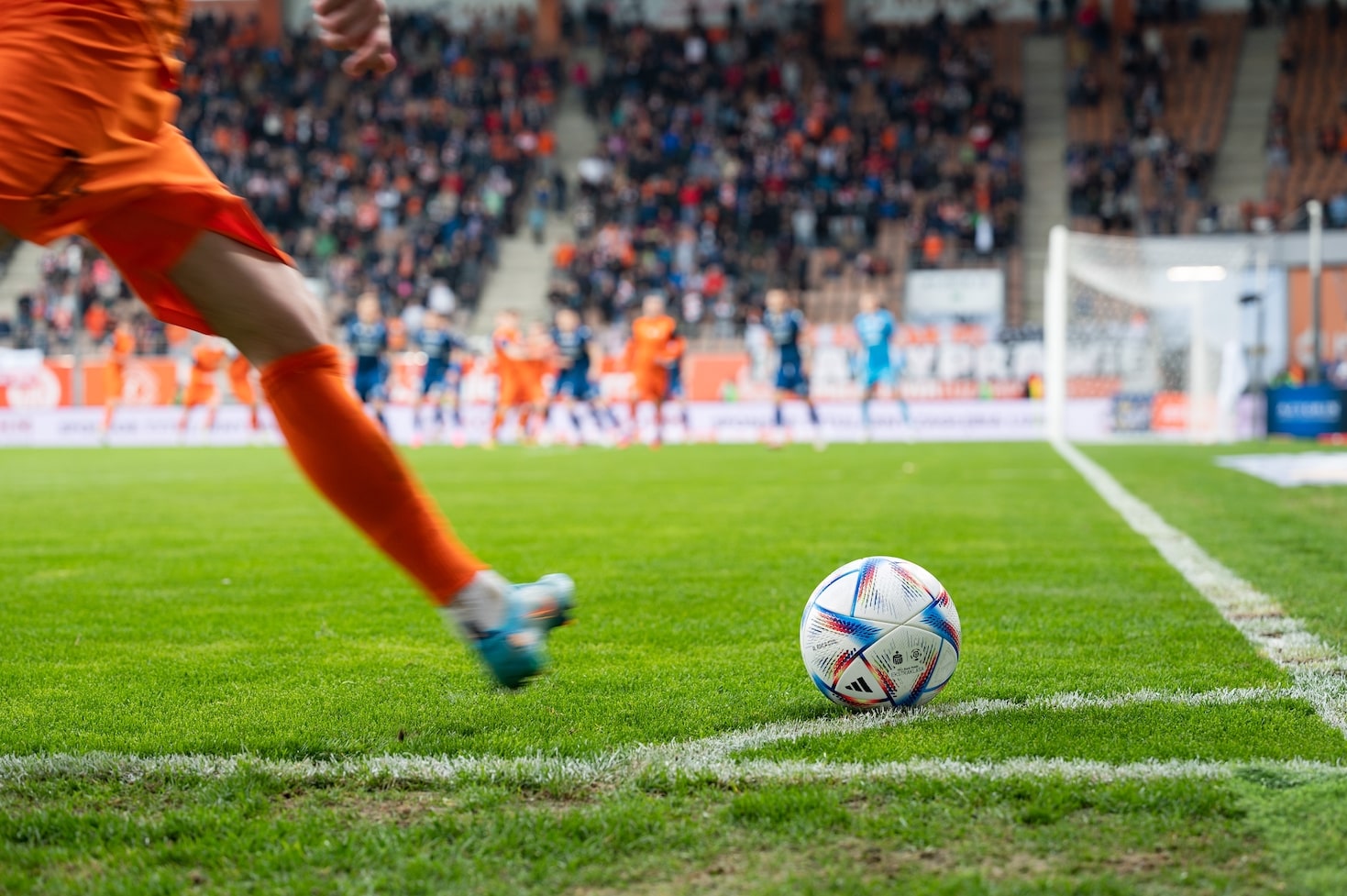
- Bring the element of surprise with an unexpected agility turn or quick pass
- Use the corner kick as a golden opportunity to show off your player's precise aiming abilities
- Revamp your team's strategic understanding of the field by mastering different corner kick setups
- Spark some fun by inviting players to develop their own signature corner kick moves
Goal Kick
In the vibrant world of soccer, a goal kick serves as both a challenge and an element of excitement. It's an opportunity for the goalie to scout the field, sending the ball as far as possible from the goal area, transforming a defensive play into a strategic offensive move. It's also a fantastic time to maximise the joy of the game, as players can use this kick to position themselves, aiming for dramatic dribbles or passes that might lead to the next goal.
- View Goal Kick as a strategic opportunity: Instead of viewing the goal kick as merely fulfilling a rule, see it as an opportunity to initiate a swift counterattack. Use this moment to quickly scout your opponent's vulnerabilities.
- Communication is key: Before the goalkeeper takes the kick, make sure players communicate and position themselves strategically, ready to receive and protect the ball.
- Soccer drill—long distance passing: This drill can help goalkeepers with the distance and accuracy of their kicks. Place targets at varying distances and encourage the goalkeeper to try hitting them.
- Soccer drill—possession play: To prepare outfield players for goal kicks, organize a drill where they have to pass and maintain possession of the ball. It will enhance their ball control and decision-making skills.
- Get creative with strategies: Use the Goal Kick as an opportunity to surprise the opponents with unique strategies, mixing shorts and long kicks to keep opponents guessing
- Making it fun: Transform routine goal kick drills into an exciting game – perhaps a competition among goalkeepers, seeing who can cover the longest distance or hit the most targets?
Free Kick
A Free Kick (direct kicks and indirect kicks) in soccer is a unique opportunity for teams to press their strategic advantage, requiring a good handle on the ball and a familiarity with the walls and dummy runs. With it, teams can spice up their game and leverage their skillsets while applying an escalation of excitement and thrill.
- Understanding the rules: A direct free kick is awarded when a player commits a foul outside of their own penalty area, while an indirect free kick is granted for less severe infractions or technical violations.
- Utilizing strategic setups: Teams can add flavor to their game by organizing free kicks in a way that confuses the opposition, such as using dummy runs or walls.
- Enhancing individual skills: Players can leverage free kicks to hone their shooting skills, learning to add pinpoint accuracy to their hits and lend electrifying moments to the game.
- Building teamwork: Free kicks require precise coordination, aiding in tightening the team's bond and collective game understanding.
- Spicing up the game: A perfectly executed free kick can change the course of a match, adding an unpredictability factor that keeps fans on their toes.
Penalty Kick
Penalty Kicks, a thrilling, suspense-filled aspect of soccer that can literally change the course of a game. It's about precision, mind games between the kicker and goalkeeper, and unbridled excitement that brings players and spectators to the edge of their seats, especially in shootouts!
- Get your kicker to focus on hitting the target rather than just power. The penalty spot is just 12 yards from the goal, a well-placed kick is more beneficial than just blasting the ball.
- Coaches can set up a fun activity by placing different objects in the corners of the goal net. The player who hits more objects with precision wins!
- During practice, rotate players to take penalty kicks. This not only prepares more players for this critical role, but also adds an element of competition and inclusiveness.
- Practice under pressure! Get the other team members to cheer, boo, or distract the kicker. This builds composure in real game situations.
Soccer Drills to Enhance Skills
Get ready for drills, thrills, and skills! Engaging soccer exercises are key to enhancing your game. Whether you're a seasoned coach seeking new inspiration or a novice player keen to improve, nothing beats a good practice session sprinkled with fun drills.
Time to sweat it out with fun yet effective soccer drills designed for both coaches and young players. When it comes to intensive training, these drills introduce a blend of skill development and just pure fun, celebrating the joy of playing the world's favorite game!
Dribbling Drills
Every soccer star's journey starts with the humble cone drill, a fan-favorite way of enhancing dribbling skills. By weaving through the cones in a zigzag pattern, players sharpen their speed, foot control, and direction-changing skills, becoming more adept in one-on-one situations on the field.
Fun and excitement aren't limited to match days - why not introduce 'Spin The Bottle', a dribbling drill game for young players? Set up cones in a circle, each player dribbles towards the center, spins, and dribbles back out, all while aiming to maintain control and speed.

For those seeking to do wonders on the field, the 'Egg and Spoon' drill is a joyous challenge. Players balance a ball on a flat cone while navigating a cone obstacle course. It sounds easy, right? This wacky drill is a brilliant way to improve ball handling skills and is a hit among youngsters.
Passing Drills
Passing like the pros? It's doable with the right soccer drills! Pique both interest and footwork with 'Triangle Passing' or '2v2's'. These drills foster accuracy while encouraging tactical thinking.
How about a fun drill like 'Count, Pass, Move'? This drill ignites the fun element, keeps players alert, and betters the game's flow. It beckons players to synchronize their count, pass, and move – bolstering their overall passing skills.
Shooting Drills
Unleash the power of shooting drills! They're the secret sauce to scoring those glorious goals that every player dreams of. They not only strengthen leg muscles but also cultivate accuracy, power, and split-second decision-making skills.
Because we all agree, soccer is much more fun when scores are made! Quick shooting drills like 'pass and sprint' or 'the cone buster' can significantly boost strategy and precision, turning each shot into a potential game-winner.
Incorporating these drills into regular practice is the pathway to mastering the art of goal-scoring. And remember, a strong kick is important, but placement and timing are the real game changers. So stay focused, stay agile, and keep aiming for glory!
Defensive Drills
In the 'No Entry Zone' drill, players learn to defend their territory and keep the goalpost safe. Learning to coordinate with teammates to form a strong defence, this practice is all about communication, agility, and strategizing. It's as thrilling as it is beneficial!
Focusing on 'The Art of Guarding,' this drill cultivates a player’s ability to keep the opponent at bay. Players learn positioning, intercepting, and timing. It's a crash course in being an impassable wall, transforming each participant into a formidable barrier that strikes fear into the opposition’s hearts.


Improve Your GameJust 1.99 p/m
Exclusive drills and sessions, get involved today!
- 100’s of Drills
- Coach to Camera Videos
- Sessions from Pro’s
- Industry Leading Advice
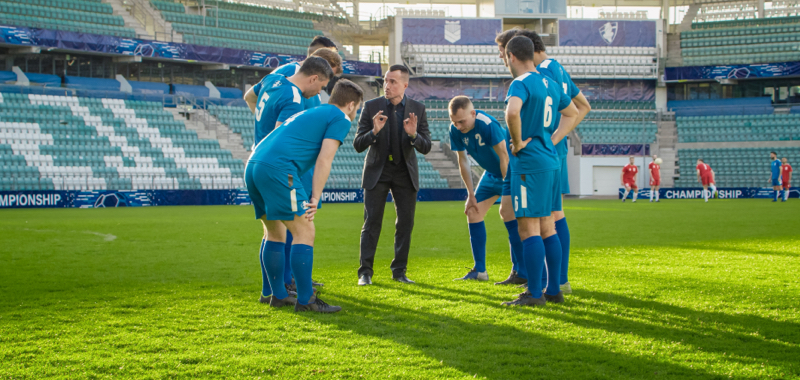
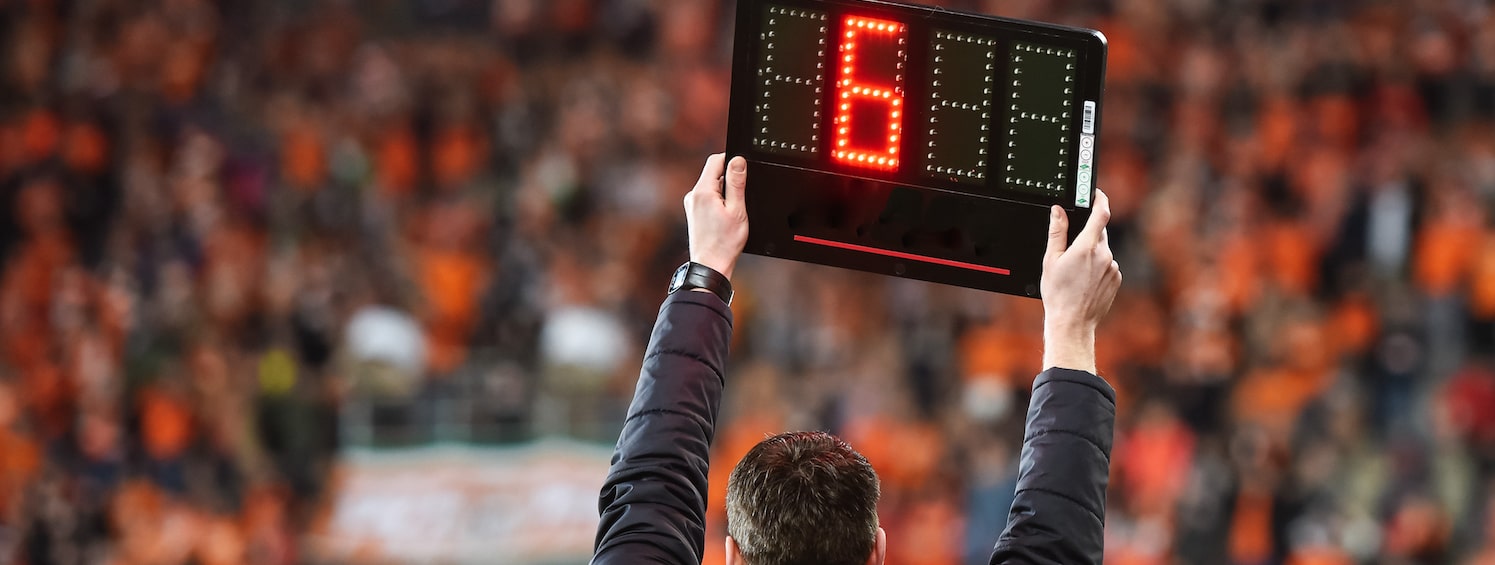
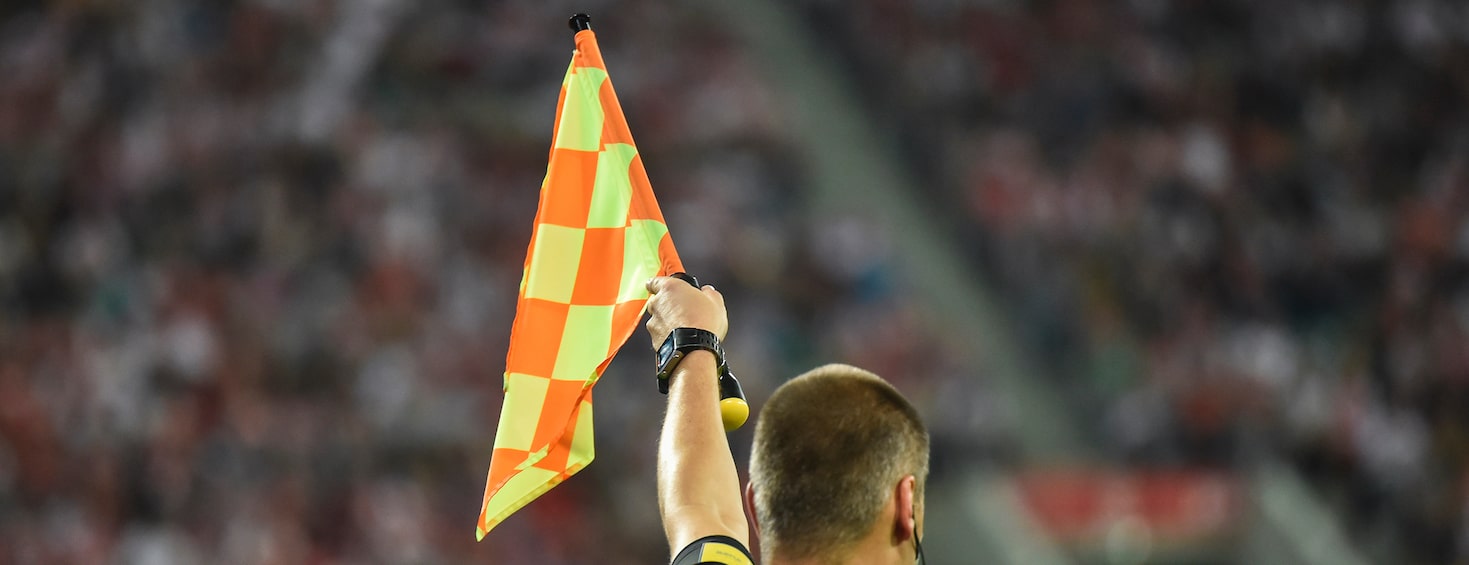
Cupello
Rethinking soccer coaching via our industry leading tools. Built to offer effective coaching development solutions for players and coaches of all levels.